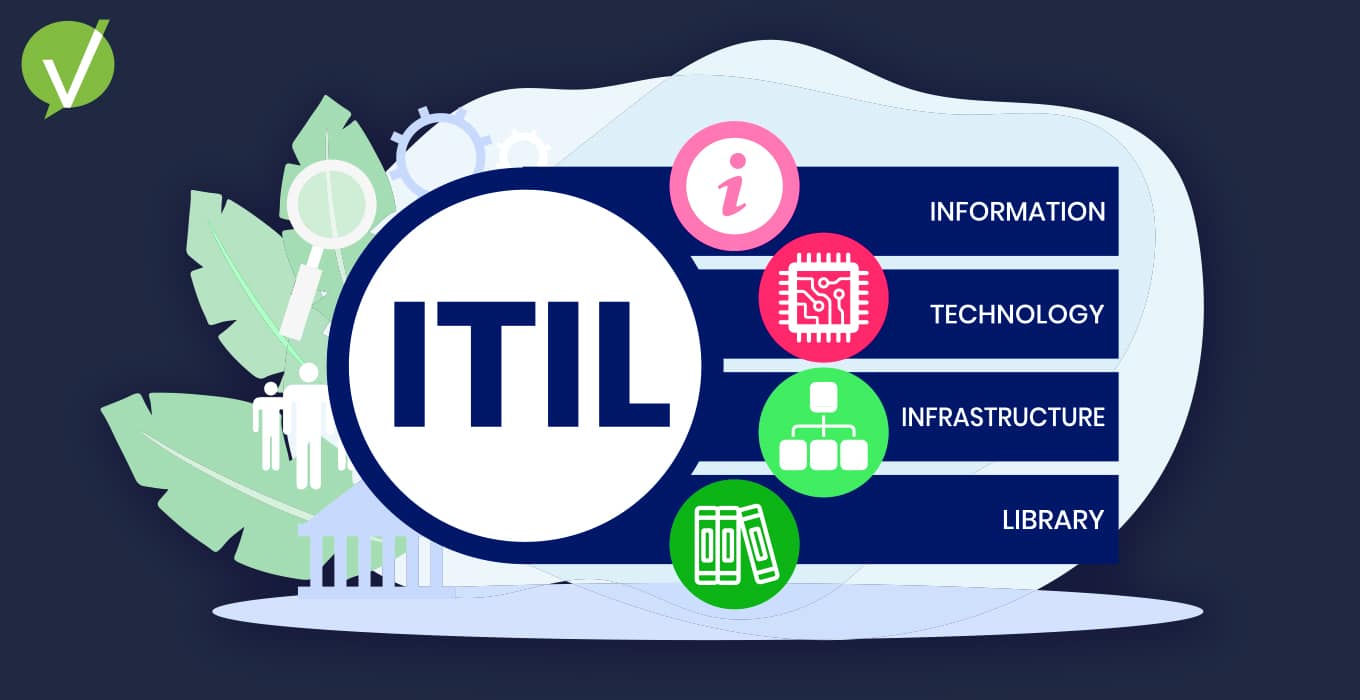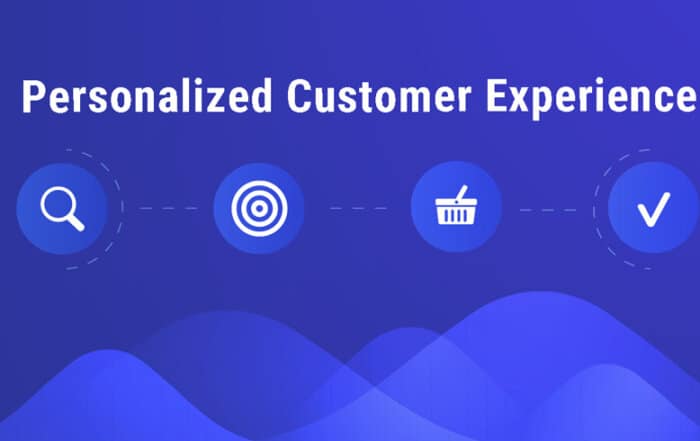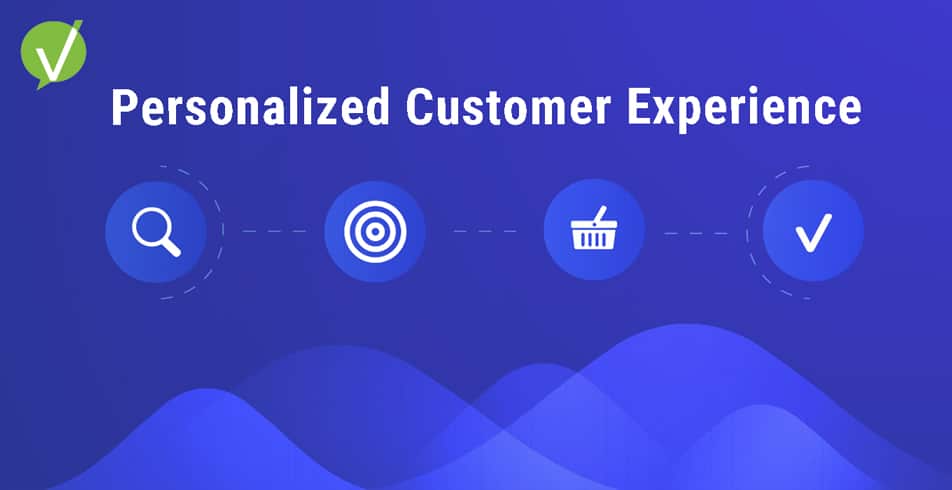ITIL 4: The Future of IT Service Management
Introduction
ITIL (Information Technology Infrastructure Library) is a framework for IT service management that has been widely adopted by organizations around the world. ITIL 4 is the latest version of the framework, and it includes several significant updates and changes from previous versions. In this post, we’ll explore what ITIL 4 is, how it differs from previous versions, and the benefits that companies can expect from implementing it, with statistics and data to support the claims.
What is ITIL 4?
ITIL 4 is the latest version of the ITIL framework, which provides a comprehensive set of best practices for IT service management. The framework includes guidance on how to plan, design, deliver, and operate IT services, as well as how to improve IT service management processes over time. ITIL 4 was released in 2019 and includes several significant updates and changes from previous versions.
ITIL 4 represents a major evolution of the ITIL framework, introducing new concepts, principles, and practices that reflect the changing landscape of IT service management. One of the most notable changes in ITIL 4 is the shift from a process-based approach to a more holistic, end-to-end service value system approach. This new approach focuses on creating value for customers by aligning business and IT objectives, optimizing the use of resources, and improving the user experience.
In addition to the service value system approach, ITIL 4 also introduces several new practices and updates to existing ones. For example, the service desk practice has been expanded to include new concepts such as shift-left and shift-right, which emphasize the importance of early problem detection and resolution, as well as the integration of self-service and automation technologies. Other new practices introduced in ITIL 4 include the service request management, relationship management, and continual improvement management practices.
Overall, ITIL 4 aims to provide a more flexible and adaptable framework that can be tailored to the specific needs of an organization, while still providing a common language and set of best practices for IT service management. By adopting ITIL 4, organizations can expect to see improvements in service quality, efficiency, and customer satisfaction, as well as reduced costs and better alignment with business objectives.
How is ITIL 4 different from previous versions?
ITIL 4 includes several updates and changes from previous versions, including a renewed focus on the customer experience, the introduction of the Service Value System (SVS), and an increased emphasis on digital transformation. These updates are designed to help organizations better align their IT services with their business goals and improve overall efficiency and effectiveness.
One of the main differences between ITIL 4 and previous versions is its renewed focus on the customer experience. In ITIL 4, the customer is at the center of the framework, and all IT services should be designed and delivered with the customer’s needs in mind. This customer-centric approach recognizes that IT is no longer just a support function but an integral part of the business strategy.
Another significant change in ITIL 4 is the introduction of the Service Value System (SVS), which provides a holistic view of how all components and activities of an organization work together to create value for customers. The SVS includes various components such as the Service Value Chain, which outlines the activities required to deliver an IT service, and the Service Value Streams, which show how value flows through the organization.
ITIL 4 also places an increased emphasis on digital transformation, recognizing that technology is rapidly changing the way organizations do business. The framework provides guidance on how organizations can use technology to improve their services and streamline their operations, with a particular focus on emerging technologies such as artificial intelligence (AI) and automation.
Overall, these updates and changes in ITIL 4 reflect the evolving needs of modern organizations and their customers, helping them to stay relevant and competitive in today’s rapidly changing business landscape.
Benefits of ITIL 4
Implementing ITIL 4 can provide several benefits for organizations, including:
- Improved customer satisfaction: By focusing on delivering services that meet customer needs and align with business objectives, ITIL 4 can help organizations improve customer satisfaction and loyalty. A study by HDI found that organizations that implemented ITIL saw an 18% increase in customer satisfaction.
- Reduced downtime: ITIL 4 provides a framework for optimizing IT processes and improving operational efficiency, which can result in cost savings and increased productivity. A survey by Axelos found that ITIL adoption can lead to a 42% reduction in downtime.
- Improved IT service quality: By emphasizing the importance of collaboration and communication between different parts of the organization, ITIL 4 can help break down silos and improve overall performance. In a survey by Pink Elephant, 77% of organizations that implemented ITIL reported that it improved the quality of their IT services.
- Cost savings: The modular approach of ITIL 4 makes it more flexible and better suited to the changing needs of modern businesses. The same survey by Axelos found that ITIL adoption can lead to a 48% reduction in IT costs.
- Alignment with business goals: By providing a holistic view of IT service management, ITIL 4 can help organizations identify and mitigate risks before they become major issues. In the same survey by Pink Elephant, 87% of organizations that implemented ITIL reported that it helped them align IT with business goals.
These stats highlight the benefits that organizations can expect from implementing ITIL 4. By aligning IT services with business goals and improving overall efficiency and effectiveness, organizations can improve customer satisfaction, reduce downtime, improve IT service quality, and save costs.
Conclusion
In conclusion, ITIL 4 is a comprehensive framework for IT service management that provides best practices for planning, designing, delivering, and operating IT services. By implementing ITIL 4, organizations can better align their IT services with their business goals and improve overall efficiency and effectiveness. The statistics and data highlighted in this post demonstrate the tangible benefits that organizations can expect from adopting ITIL 4.













